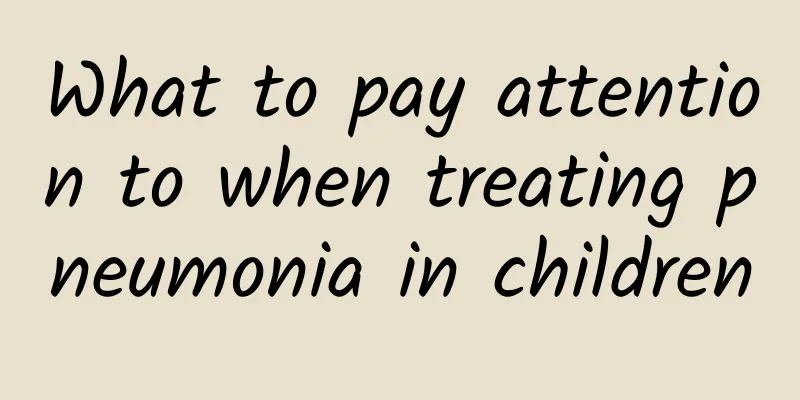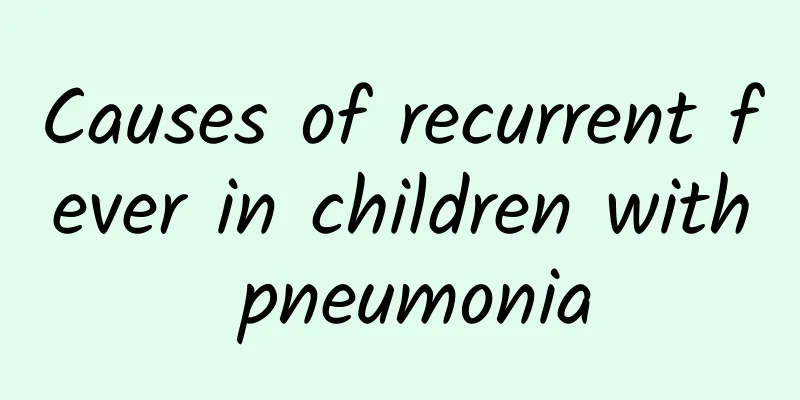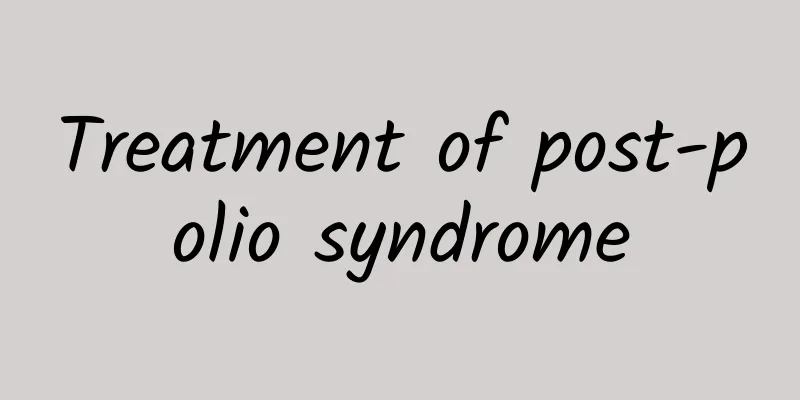What is hernia in children?

|
A hernia in children is a condition in which weak or defective abdominal wall muscles cause organs or tissues to protrude from the abdominal cavity, usually in the groin area. Treatment includes observation and surgical repair, depending on the age of the child and the severity of the symptoms. 1. The occurrence of hernia in children is related to the imperfect development of the abdominal wall muscles, especially the weak muscles in the groin area, which causes the abdominal organs such as the intestines or omentum to protrude through the weak points. This weakness may be congenital or related to factors such as premature birth and low birth weight. 2. Genetic factors play a role in pediatric hernia. If there is a history of hernia in the family, the child's risk of the disease may increase. Increased intra-abdominal pressure such as long-term coughing, constipation or crying may also induce hernia. 3. Symptoms of hernia in children usually manifest as a lump in the groin or scrotal area, which is obvious when crying, coughing or standing, and may disappear when lying down. If the lump cannot be reduced, incarceration may occur, leading to emergency situations such as pain and vomiting, and medical attention should be sought immediately. 4. For pediatric hernias with no symptoms or mild symptoms, doctors may recommend observation, especially for children under 1 year old, as some cases may heal on their own. During the observation period, behaviors that increase abdominal pressure, such as violent crying or constipation, should be avoided. 5. Surgery is the main treatment for pediatric hernia. Common surgical methods include traditional open surgery and laparoscopic surgery. Open surgery repairs abdominal wall defects through small incisions, while laparoscopic surgery uses minimally invasive technology to complete the repair, with less trauma and faster recovery. 6. Postoperative care requires attention to keep the wound clean and avoid infection. Foods rich in protein and vitamins, such as eggs, fish, and fresh vegetables, can be added to the diet to promote wound healing. Avoid strenuous activities within 1-2 weeks after surgery to prevent recurrence. Although hernias are common in children, they need to be diagnosed and treated promptly, especially incarcerated hernias, which can be life-threatening. Parents should pay attention to changes in their children's symptoms, seek medical attention promptly, and choose appropriate treatment plans to ensure their children's healthy growth. |
<<: Are livestock the source of hand, foot and mouth disease?
>>: Will ADHD get worse if not treated?
Recommend
How to treat a child's dry, itchy throat and cough?
If a child has a dry, itchy throat and cough, he ...
Can seizures be cured?
Although childhood convulsions are quite common i...
The best time to treat hernia in children
The best time to treat pediatric hernia is usuall...
What are the symptoms of herpes simplex virus pneumonia? 3 symptoms of herpes simplex virus pneumonia
What are the symptoms of herpes simplex virus pne...
Why is infant eczema prone to recurrence? What are the methods to prevent infant eczema?
Many mothers will encounter this situation: the b...
How does TCM treat diarrhea in children? 4 TCM methods to improve diarrhea in children
Infantile diarrhea is one of the most common dise...
How to care for children with diarrhea
Diarrhea is a common disease in babies. Family ca...
Abnormal liver function and jaundice in children
Abnormal liver function accompanied by jaundice i...
How long does it take to test for ADHD in children?
The ADHD examination for children usually takes 1...
What are the symptoms of patent ductus arteriosus in newborns?
Patent ductus arteriosus is a congenital heart di...
Do you know the common sense about acute laryngitis in children?
The weather is getting cooler, and the temperatur...
Can acute laryngitis in children be cured?
Acute laryngitis in children is mostly caused by ...
Diagnostic criteria for ADHD in children
The appearance of ADHD makes patients very worrie...
Three meals recipes for children with pneumonia
Pneumonia is a common disease in recent years, an...
What are the symptoms of children with ADHD? 5 manifestations of ADHD
What are the symptoms of children with ADHD? The ...









